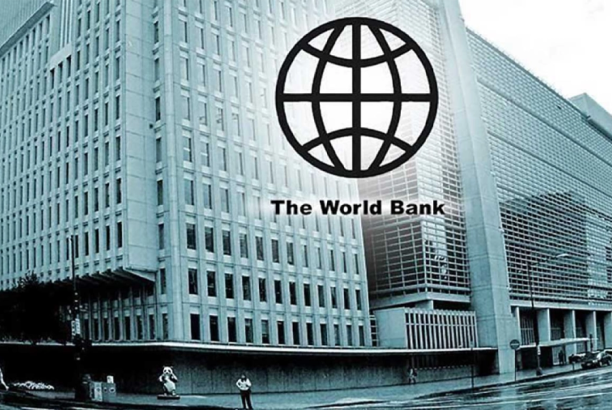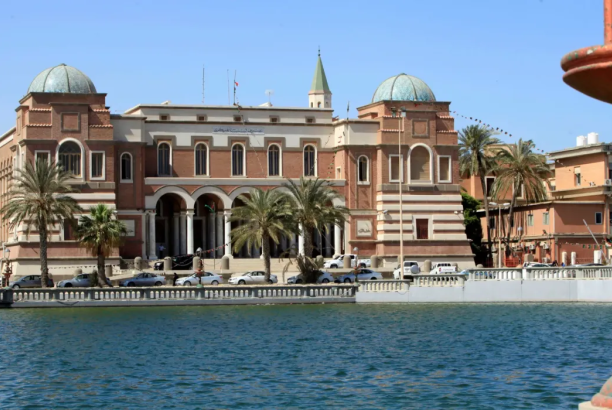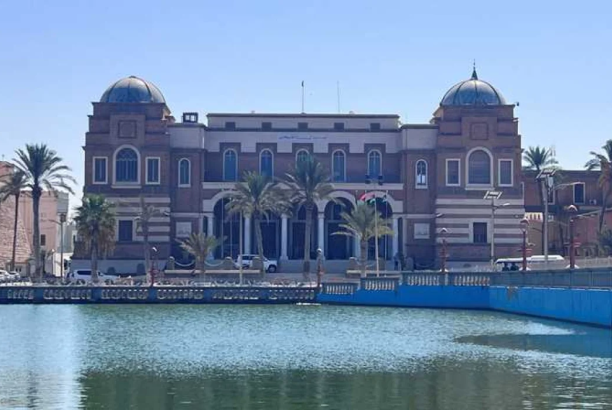A member of the Exchange Rate Committee, Omran Al-Shaibi, stated exclusively to our source regarding inflation in Libya, saying: “One of the most prominent reasons for inflation is the rise in operational costs such as raising wages, which requires an increase in the volume of monetary demand, which is accompanied by a constant supply of goods and services that is not matched by an increase in production that leads to a rise in prices.”
He added: “When the state increases monetary benefits for its productive or real value, as it reflects the concept of economic prosperity, and all world governments calculate the inflation rate on a monthly and annual basis. Unfortunately, the real calculation of inflation in Libya stood in the first quarter of 2008, and this year is considered the base year for any future calculation, although it is more than 14 years old.
The “monthly inflation” is calculated by measuring the percentage change in goods prices at the end of the month with the previous month, while the “annual inflation” rate is measured by comparing the month in which the inflation is calculated with the same month last year, and a record number is used as a standardized average prices of goods and services using consumer prices or producer prices.”
He continued: “The most frequently cited indicators that calculate the inflation rate are: The Consumer Price Index (CPI), which is a basket of goods and services in which the basket price is calculated as a weighted average of the retail prices of its components and thousands of items are collected and classified into specific categories, and calculate the overall price increase rate, and the labor cost index (ECI).”
With regard to economic stagnation, Al-Shaibi said: “It means that the state passes two consecutive quarters, that is, six months in which economic activities decline, leading to a decrease in GDP. A decline in demand, meaning that production rates are more than consumption rates.”
As for stagflation, he said: “It is a term that combines the two words stagnation and inflation. It describes a dysfunctional economy, where prices continue to rise while economic growth declines, and the rate of increase of production of goods and services rises.
Stagflation is a condition of weak economic growth and high unemployment, i.e. economic stagnation, accompanied by inflation. This situation occurs when there is no growth in the economy but there is a rise in prices, and it is considered an undesirable condition, and stagflation can result when the economy faces a shock supply, such as the rapid increase in oil prices.
Also, this situation raises prices at the same time as slowing economic growth and making production more expensive and less profitable, and the government can cause an economic stagflation if it adopts policies that harm the industry while increasing the money supply very quickly, as the signs of inflation began to appear on the American economies And the world in general as of the third quarter of 2021, but its pace has jumped since the start of the Russian wars on Ukraine, prompting central banks around the world to declare a state of emergency.
In addition, today there is talk of uncontrolled inflation accompanied by a strong economic stagnation, a combination that can bring down the strongest global economies as they met together for several months and perhaps years in a country or a continent, and it is difficult to avoid stagflation accompanied by stagflation, because financial regulators must balance Between two competing interests: inflation and unemployment.
The best solution to the problem of stagnation revolves around raising consumer government spending, which helps the country transition to a state of growth, and the central bank can reduce interest, and this allows factories and companies to take on debts, and the bank can buy securities to raise the volume of money in circulation to reach levels capable of absorbing surplus goods.”
With regard to monetary policy, he said: “It lies in the development and implementation of monetary policies of the Central Bank, by adopting a set of quantitative and qualitative tools, such as increasing the re-discount rate in order to influence the belonging ability of banks in order to reduce the volume of liquidity circulating in the market, and the Central Bank’s entry into the financial markets to withdraw a part of liquidity circulating in the market, or the so-called entry into the open market, as well as by increasing the percentage of legal reserves of commercial banks, and persuading the managers of commercial banks and those responsible for bank credit, of the state’s policy aimed at reducing liquidity circulating in the markets and raising interest rates with borrowed funding sources, whether these sources are short, medium, or long-term, and reducing the price of Exchange for foreign currencies.”







